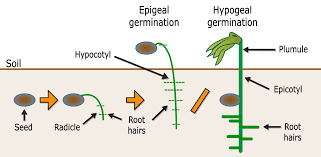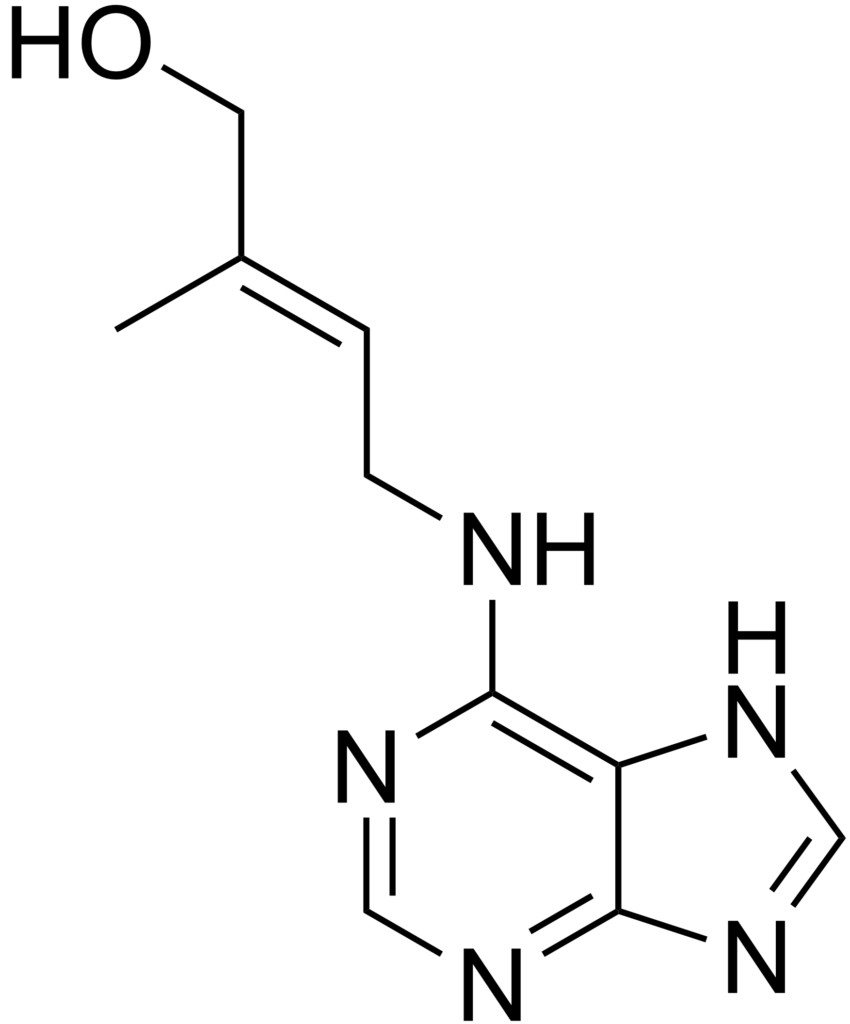Plant growth regulators (PGRs) are chemicals, either naturally occurring or synthetic, that influence various aspects of a plant’s growth and development. They play a crucial role in processes like cell division, elongation, flowering, fruit ripening, and response to environmental stress. Understanding PGRs is important because they help in enhancing agricultural productivity, improving crop quality, and ensuring that plants adapt to changing environmental conditions.
Auxins are a type of PGR that primarily promote cell elongation, particularly in the shoots. They are involved in phototropism (the growth of plants towards light) and gravitropism (growth in response to gravity). Auxins also play a key role in root development, the differentiation of cells, and the regulation of fruit formation. Synthetic auxins are often used in agriculture to encourage rooting in plant cuttings.
Gibberellins are essential for stem elongation, seed germination, and flowering. They help seeds break dormancy, allowing them to germinate under suitable conditions. In agriculture, gibberellins are applied to increase the size of fruits and flowers, enhance stem growth, and improve overall crop yields. They are particularly important in the early stages of a plant’s life cycle.
Ethylene is a gaseous plant hormone that regulates fruit ripening, leaf abscission, and flower wilting. In agriculture, ethylene is used to control the timing of fruit ripening, which ensures that produce can be harvested and sold at the optimal time. For example, bananas and tomatoes are often treated with ethylene to synchronize ripening, making them ready for market when needed.
Yes, certain PGRs like abscisic acid (ABA) play a critical role in helping plants cope with environmental stress. ABA is often referred to as the “stress hormone” because it helps plants survive drought, extreme temperatures, and high salinity by inhibiting growth and reducing water loss through stomatal closure. By understanding and applying PGRs like ABA, farmers and researchers can enhance the resilience of crops to adverse conditions, which is increasingly important in the face of climate change.


